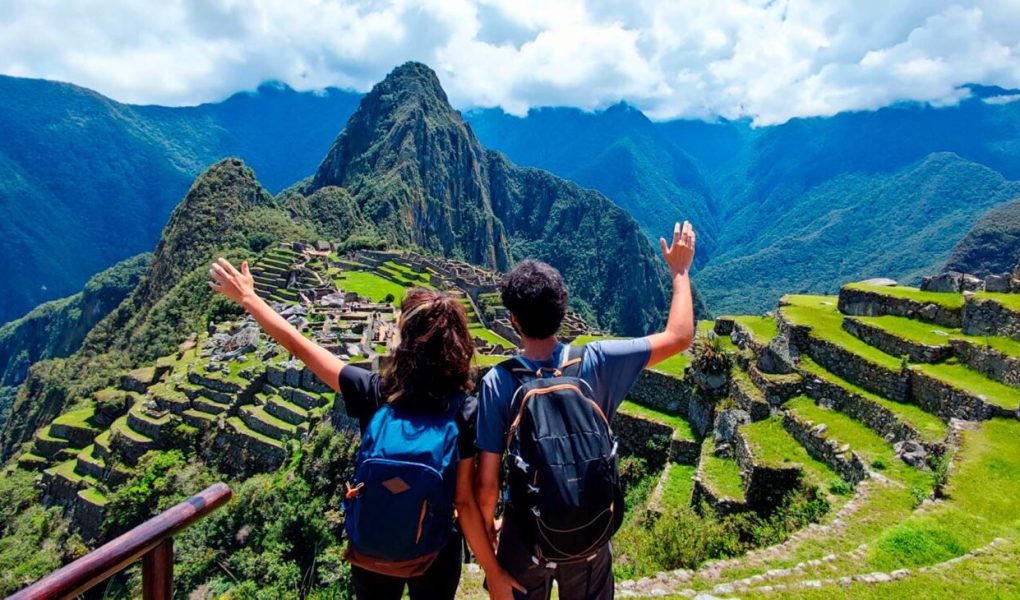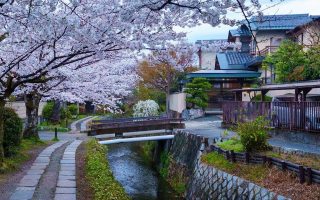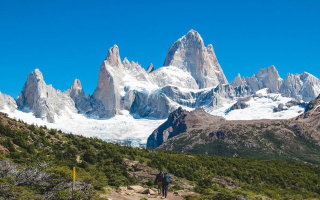The Ultimate Pilgrimage to the City in the Sky
Many routes lead to Machu Picchu, yet only trekking the Inca Trail offers the most ceremonial and soul-stirring pilgrimage. This four-day, three-night journey is not merely a physical challenge but a temporal passage through mist, history, and culture.
Route Overview: A Four-Day Journey Through Time
Day 1: An easy start to acclimatise to altitude.
Day 2: ‘Dead Woman’s Pass’ – the highest point of the trek (4,215 metres). The most arduous day, yet the sense of achievement and vistas beyond the pass are unparalleled.
Day 3: ‘Inca Slide’, visiting Inca ruins such as Sayacmarca and Phuyupatamarca along the way, as the landscape transitions from alpine meadows to cloud forests.
Day 4: Depart before dawn to pass through the Sun Gate at sunrise, revealing your first panoramic view of Machu Picchu.
Total Distance: Approximately 43 kilometres.
Difficulty: ★★★☆☆ Moderate distance, but high altitude and significant elevation gain present the primary challenges.
Core Experiences Not to Be Missed
Dead Woman’s Pass: Toss a pebble beneath prayer flags to offer blessings, savouring the triumph of conquest.
En Route Ruins: The small Inca ruins along the trail serve as an “appetiser”, gradually building anticipation for Machu Picchu.
Sunrise at the Sun Gate: After days of arduous trekking, witnessing Machu Picchu unfold before you in the morning mist for the first time evokes an exhilaration and emotion that train-bound visitors can never experience.
Guide and Porter Culture: Gain insight into the ancient Inca heritage and acknowledge the porters’ dedicated efforts.
Practical Information and Tips
Booking: The Inca Trail permits only 500 visitors daily (including approximately 300 guides and porters), necessitating reservations through accredited travel agencies at least 4-6 months in advance.
Best Season: The dry season (May to September), though this coincides with peak tourist period.
Essential Gear: Waterproof clothing, trekking poles, headlamp, passport (for checkpoint stamps).
Altitude Acclimatisation: Allow at least 2-3 days in Cusco to adjust before commencing the trek.
The Inca Trail’s timeless appeal lies in its exchange: physical exertion for spiritual elevation. Upon reaching Machu Picchu, you are no mere tourist but an explorer who has conquered formidable challenges, a witness who has touched history through ancient rites. This ancient path transforms Machu Picchu from a mere attraction into a meaningful trophy earned by your own feet.



